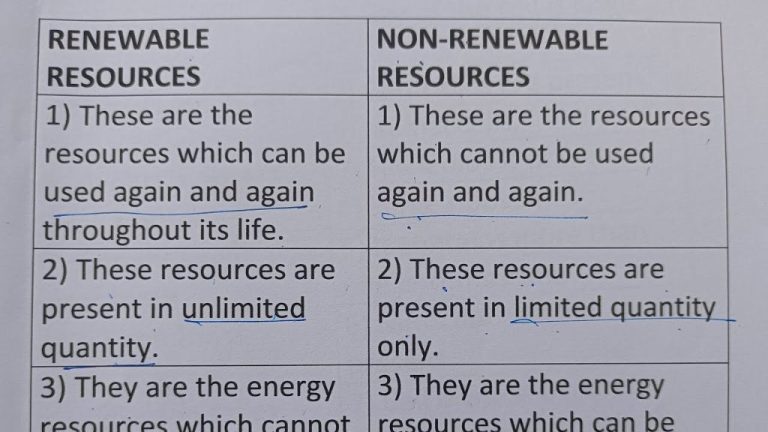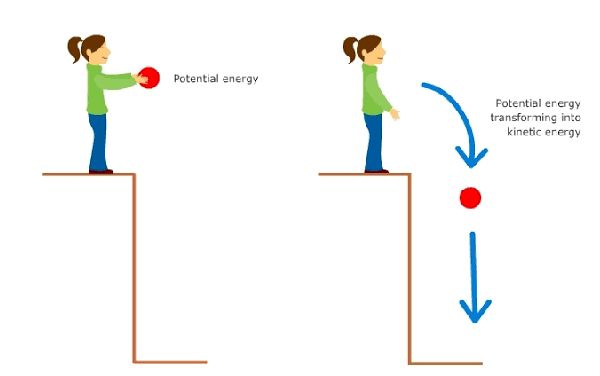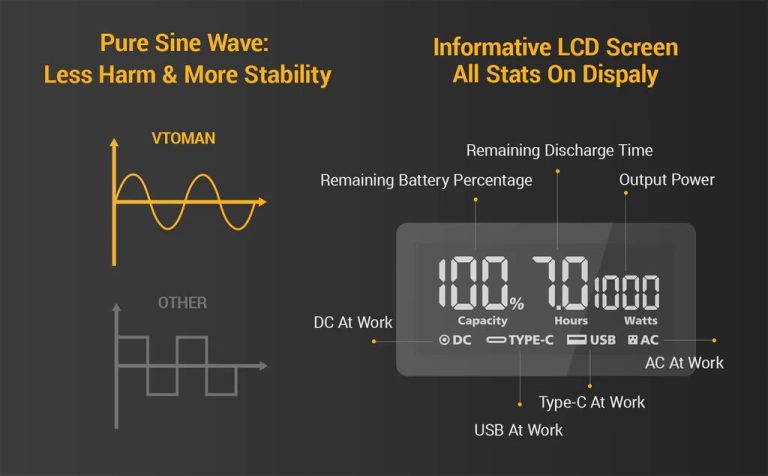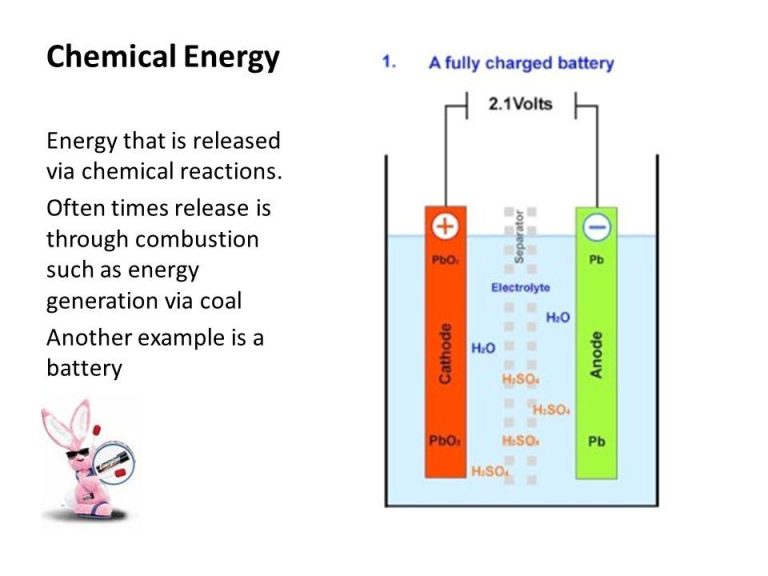Why Is Renewable Energy So Good?
Renewable Energy Basics
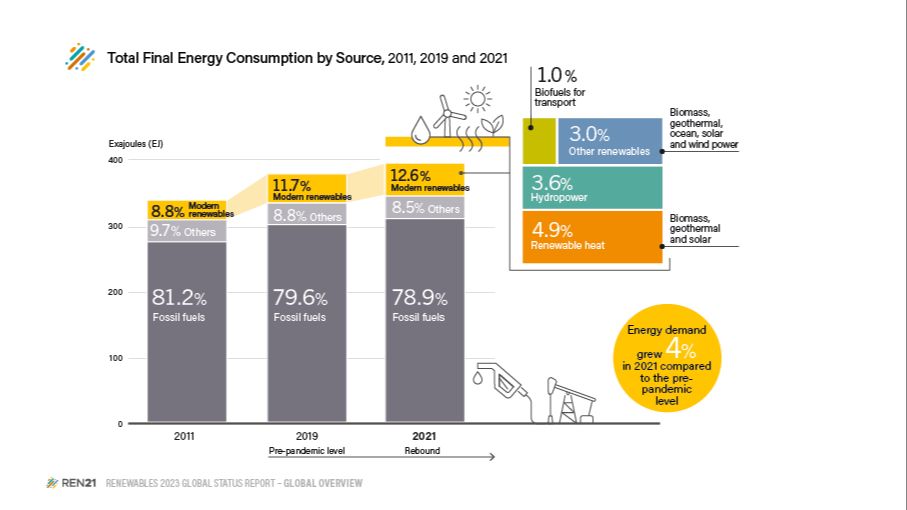
Renewable energy is defined as energy that is generated from natural processes that are continuously replenished. This includes sunlight, wind, rain, tides, waves, and geothermal heat (Source). The five major types of renewable energy are:
- Solar power – Converts sunlight into electricity using photovoltaic cells or concentrates sunlight to create steam and power turbines (Source)
- Wind power – Converts the kinetic energy of wind into mechanical power to drive turbines
- Hydropower – Converts the energy of flowing or falling water into electricity using turbines
- Geothermal – Uses heat from inside the earth to provide heating or generate electricity
- Biomass – Uses organic matter like plants, garbage, or animal waste as fuel
Unlike fossil fuels, renewable sources are constantly replenished and will never run out. This makes renewable energy a sustainable long-term energy solution (Source).
Environmental Benefits
Renewable energy provides important environmental benefits compared to fossil fuels. According to the US Environmental Protection Agency, generating renewable electricity produces no greenhouse gas emissions, which are a major contributor to climate change. Renewables also help reduce harmful air pollutants from fossil fuel combustion like nitrogen oxides, sulfur dioxide, particulate matter, and heavy metals. These pollutants negatively impact public health by causing respiratory problems and exacerbating illnesses. The shift to renewables means cleaner air and improved health.
The Union of Concerned Scientists notes that wind, solar, hydroelectric and geothermal energy systems emit little to no greenhouse gases unlike fossil fuels. The expanded use of renewables helps combat climate change by avoiding substantial carbon dioxide emissions. Renewables also reduce dependence on coal, oil and natural gas which are finite resources that may become depleted or too environmentally damaging to retrieve. Transitioning to an energy system based on renewables provides a sustainable and cleaner alternative.
Economic Pros
The development of renewable energy provides significant economic benefits, including job creation, lower energy prices over time, and increased energy independence and security (Key Economic Benefits of Renewable Energy on Public Lands). According to a report by Yale University, renewable energy projects on public lands could create over 200,000 construction jobs and 23,000 permanent jobs by 2025 (The Economic Benefits of Renewable Energy). The renewable energy industry is also very labor-intensive, creating more jobs per megawatt of power installed and per dollar spent compared to fossil fuels.
In the long run, renewable energy leads to lower and more stable energy prices by reducing dependence on imported fossil fuels whose prices can fluctuate. The EPA notes that locally-produced renewable energy insulates communities from volatility in the global fossil fuel market (Local Renewable Energy Benefits and Resources). Energy independence and security are also boosted since renewables rely on domestically available resources.
Limitations of Renewable Energy
While renewable energy has many benefits, it also comes with some limitations that need to be considered. One key limitation is intermittency – many renewable sources like solar and wind are dependent on weather conditions and so their power output can fluctuate. This intermittency issue creates challenges for relying completely on renewables and requires investment in energy storage solutions to provide backup when renewable generation is low.
High upfront capital costs are another limitation of renewable energy technologies. Building wind farms, solar fields, hydroelectric dams, and other renewable facilities requires major upfront investments. These costs can be 2-3 times higher than building comparable fossil fuel power plants. Though ongoing costs tend to be lower, the high initial price tag makes adoption slower.
Energy storage to overcome intermittency issues also adds further expenses. Battery storage to enable solar energy to be used at night can increase costs significantly. Pumped hydro and compressed air storage require suitable geographic locations. Overall, while costs are dropping as technology improves, renewables remain more expensive in terms of upfront capital costs compared to conventional options.
Sources:
[1] https://www.ucsusa.org/resources/barriers-renewable-energy-technologies
[2] https://www.energysage.com/about-clean-energy/advantages-and-disadvantages-of-renewable-energy/
Growth Trends
Renewable energy capacity and usage has grown substantially over the past decade. According to the International Energy Agency (IEA), global renewable energy generation increased by over 60% between 2010-2020, led by growth in solar and wind power (IEA). Total renewable energy capacity is expected to grow by over 60% from 2020 to 2026 to over 4,800 GW globally according to projections by the IEA.
This growth has been driven by both increasing competitiveness and supportive policies. The costs of renewable electricity generation, especially solar PV and onshore wind, have fallen dramatically over the past decade making them cost competitive with fossil fuels in many markets (IEA). Many countries have implemented policies to incentivize and accelerate renewable energy deployment such as tax credits, tenders/auctions, and renewable portfolio standards. According to IRENA, 171 countries now have renewable energy targets and support policies in place.
China accounts for the largest total renewable energy capacity globally, followed by Europe and the United States. However, some smaller countries lead in the share of renewables as part of their energy mix, such as Denmark, Uruguay and Iceland where renewables account for over 50% of electricity generation (IRENA). The costs declines and strong policy support are expected to drive continued high growth rates for renewable energy capacity additions in the coming decades.
Solar Power
Solar power utilizes energy from the sun through either photovoltaics (PV), commonly known as solar panels, or concentrated solar power plants. PV cells convert sunlight directly into electricity using semiconducting materials, while concentrated solar uses mirrors to focus sunlight to heat a liquid and produce steam to drive a turbine.
Solar power has experienced dramatic growth over the past decade thanks to declining costs. Between 2010 and 2019, the average cost of solar panels fell by 89% (Source: Fun Facts About Solar). Solar energy capacity increased over 600% in the United States in that time. Today solar accounts for about 3% of U.S. electricity generation, but is projected to reach 20% by 2050 (Source: 50 Solar Facts).
The declining costs of solar have made it competitive with conventional energy sources like coal and natural gas in many parts of the world. However, solar remains intermittent and weather-dependent. Energy storage and grid improvements will be needed to accommodate high renewable energy penetration in the future. But with solar resources virtually unlimited, the potential for solar to displace fossil fuels is significant.
Wind Power
Wind power has experienced substantial growth in recent years as a renewable source of electricity. According to the U.S. Department of Energy, wind power capacity in the United States totals over 122 gigawatts as of 2021, generating more than 8% of U.S. electricity (Source). There is tremendous potential for further growth, especially offshore. The U.S. offshore wind resource is estimated at over 2,000 gigawatts, more than double the nation’s current electricity use.
Modern wind turbines are generally grouped together in large wind farms. The average turbine has blades spanning over 200 feet and towers rising over 300 feet tall. Wind turbines are able to operate at a capacity factor of 35-45%, meaning they generate electricity up to 45% of the time on average (Source). Capacity factors continue to increase as technology improves.
The wind power industry is booming worldwide. China currently leads in total installed wind capacity, followed by the United States and Germany. Major markets are also found in India, Spain, France and the United Kingdom. Offshore wind has become a rapidly growing sector in Europe, with over 25 gigawatts installed capacity as of 2021 (Source).
Other Sources
Some other important renewable energy sources include hydro, geothermal, and bioenergy.[1]
Hydropower harnesses the energy of flowing water to generate electricity. Dams on rivers or water reservoirs can be used to control water flow and spin turbines connected to generators.[2] Hydropower provides around 16% of the world’s electricity.[1]
Geothermal energy utilizes the heat within the earth to produce steam to drive turbines. It is considered renewable since the heat emanates from radioactive decay in the earth’s core. While geothermal only accounts for a small portion of renewable energy use, it has the potential for growth.[2]
Bioenergy covers any renewable energy derived from organic matter, such as plants, agricultural waste, and garbage. Common bioenergy sources are wood, ethanol, and landfill gas. Using bioenergy can help reduce waste while harnessing energy.[1]
[1] https://www.un.org/en/climatechange/what-is-renewable-energy
[2] https://www.nationalgrid.com/stories/energy-explained/what-are-different-types-renewable-energy
Policies
Governments around the world have implemented various policies to support the growth of renewable energy. Some of the most impactful policies include subsidies, renewable portfolio standards, and net metering.
Subsidies help make renewable energy more cost-competitive with conventional sources like fossil fuels. Countries like China and Denmark offer subsidies in the form of tax incentives, rebates, and feed-in tariffs for renewable energy generation and investment (Climate Council, 2022).
Renewable portfolio standards (RPS) mandate that a certain percentage of electricity generation comes from renewable sources. As of 2021, RPS policies existed in over 114 countries worldwide (REN21, 2022). For example, Sweden aims for 100% renewable electricity by 2040.
Net metering allows renewable energy system owners to sell excess electricity back to the grid. This helps homeowners and businesses offset the costs of installing solar panels or other renewable systems. Countries like China, Denmark, and Sweden have implemented national net metering policies (REN21, 2022).
The Future
Projections show strong continued growth for renewable energy over the coming decades. According to the International Energy Agency (IEA), renewables are set to account for 95% of the increase in global power capacity through 2026 (United Nations Climate Change). The IEA predicts renewable electricity capacity will rise by over 60% between 2020 and 2026, led by solar PV and wind (U.S. Department of the Interior).
Key innovations that will shape the future of renewables include improved energy storage technology, smarter grids, floating solar panels, and new turbine designs. Emerging renewable sources like tidal, wave, and geothermal energy have great potential down the line. Policy support remains crucial to scale up renewables globally and phase out fossil fuels. The costs of renewables are falling rapidly, making them increasingly competitive with conventional power. With further technological advances and supportive policies, renewable energy looks poised to dominate global power generation this century (Earth.Org).

